Vietnam is home to 54 officially recognized Vietnamese ethnic groups, each with its own language, traditions, and cultural identity. From the majority Kinh people in bustling cities to minority tribes in remote mountains, these groups contribute to the country’s rich and diverse cultural heritage. Whether through vibrant festivals, traditional crafts, or unique ways of life, the Vietnamese ethnic groups offer a fascinating glimpse into a nation built on unity in diversity.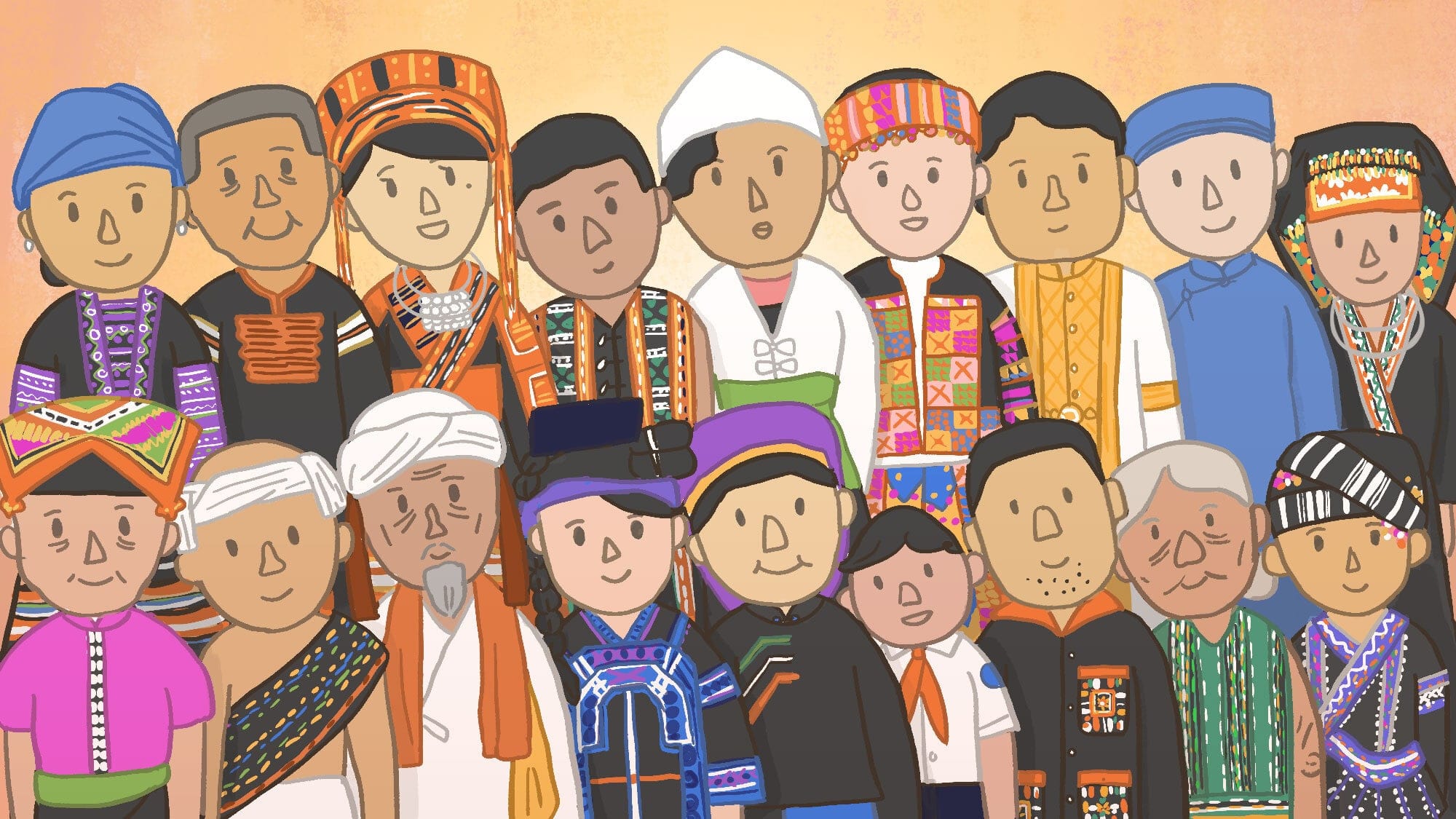
Who Are the Vietnamese Ethnic Groups?
When people think of Vietnam, images of rice terraces, bustling cities, and motorbike-laden streets often come to mind. However, beneath the country’s breathtaking landscapes lies one of its most fascinating treasures: the Vietnamese ethnic groups.
Vietnam is home to 54 officially recognized ethnic groups, each contributing a unique thread to the country’s cultural fabric. While the Kinh people (or ethnic Viet) comprise approximately 86% of the population, the remaining 53 groups—commonly referred to as ethnic minorities—represent a wealth of traditions, languages, costumes, music, festivals, and lifestyles that collectively enrich the Vietnamese identity.
This article takes you on an immersive journey to explore the origins, languages, customs, and roles of Vietnamese ethnic groups—perfect for travelers, culture enthusiasts, and global citizens seeking a deeper understanding of Vietnam.
1. Vietnam’s Ethnic Composition at a Glance
The 54 Vietnamese ethnic groups are categorized not only by cultural traits but also by linguistic and geographical factors. The largest group, the Kinh, primarily live in coastal plains and urban centers, while ethnic minorities predominantly inhabit remote mountainous regions, highlands, and border areas.
Despite differences in language, clothing, belief systems, and livelihoods, these groups share a common spirit of unity in diversity—a principle deeply rooted in Vietnamese history and society.
Ethnic Majority: The Kinh People
- Population: ~86% of Vietnam’s total
- Language: Vietnamese (official national language)
- Religion: A blend of Buddhism, Confucianism, Taoism, and ancestor worship
- Region: Cities, deltas, coastal plains
Ethnic Minorities: The Remaining 53 Groups
- Population: ~14%
- Regions: Highlands, remote villages, mountains, borderlands
- Distinctive features: Unique languages, traditional dress, spiritual practices, and agriculture
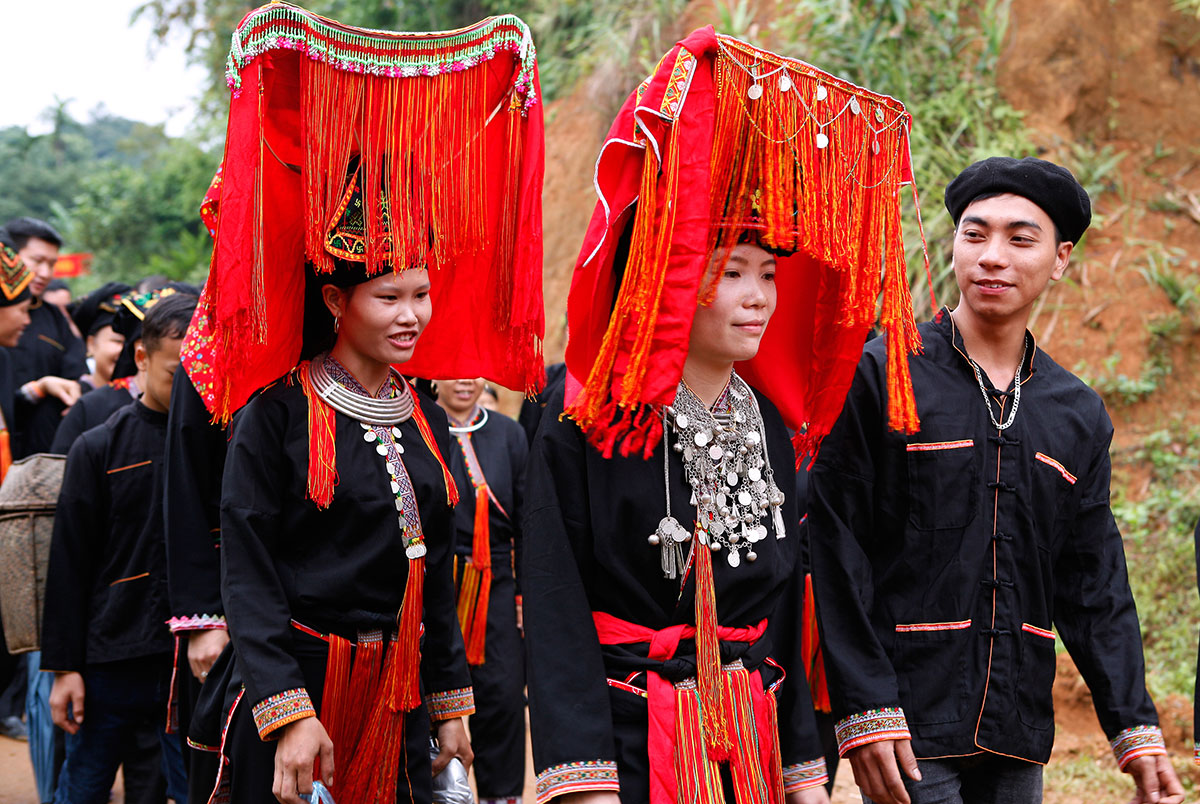
2. Linguistic Classification of Vietnamese Ethnic Groups
The 54 groups fall into 3 major language families and 8 linguistic branches:
✅ Austroasiatic (Mon-Khmer) Family
- Includes: Ba Na, Khơ Mú, Mảng, Xinh Mun, Mnông, Cơ Tu, Xơ Đăng, Kháng…
- Mostly located in: Central Highlands, Northwest regions
- Known for: Communal houses (nhà rông), agriculture, matrilineal customs
✅ Tai-Kadai Family
- Includes: Tày, Thái, Nùng, Giáy, Lự, Sán Chay…
- Mostly located in: Northeast and Northwest Vietnam
- Known for: Stilt houses, rice farming, textile craftsmanship
✅ Hmong-Mien Family
- Includes: Mông (Hmong), Dao (Yao), Pà Thẻn
- Mostly located in: Northern mountain provinces
- Known for: Colorful costumes, embroidery, terrace farming
✅ Austronesian Family
- Includes: Chăm, Ê Đê, Gia Rai, Raglai, Chu Ru
- Mostly located in: South-central coast and Central Highlands
- Known for: Matriarchal societies, tower temples, music traditions
✅ Sino-Tibetan (Han) Family
- Includes: Hoa, Ngái, Sán Dìu
- Mostly located in: Urban areas and trade centers
- Known for: Trade expertise, Chinese-origin festivals
✅ Tibeto-Burman Family
- Includes: Lô Lô, Hà Nhì, La Hủ, Cống, Si La, Phù Lá
- Mostly located in: Remote mountainous areas (e.g., Lai Châu, Hà Giang)
- Known for: Animist beliefs, highland farming, small communities
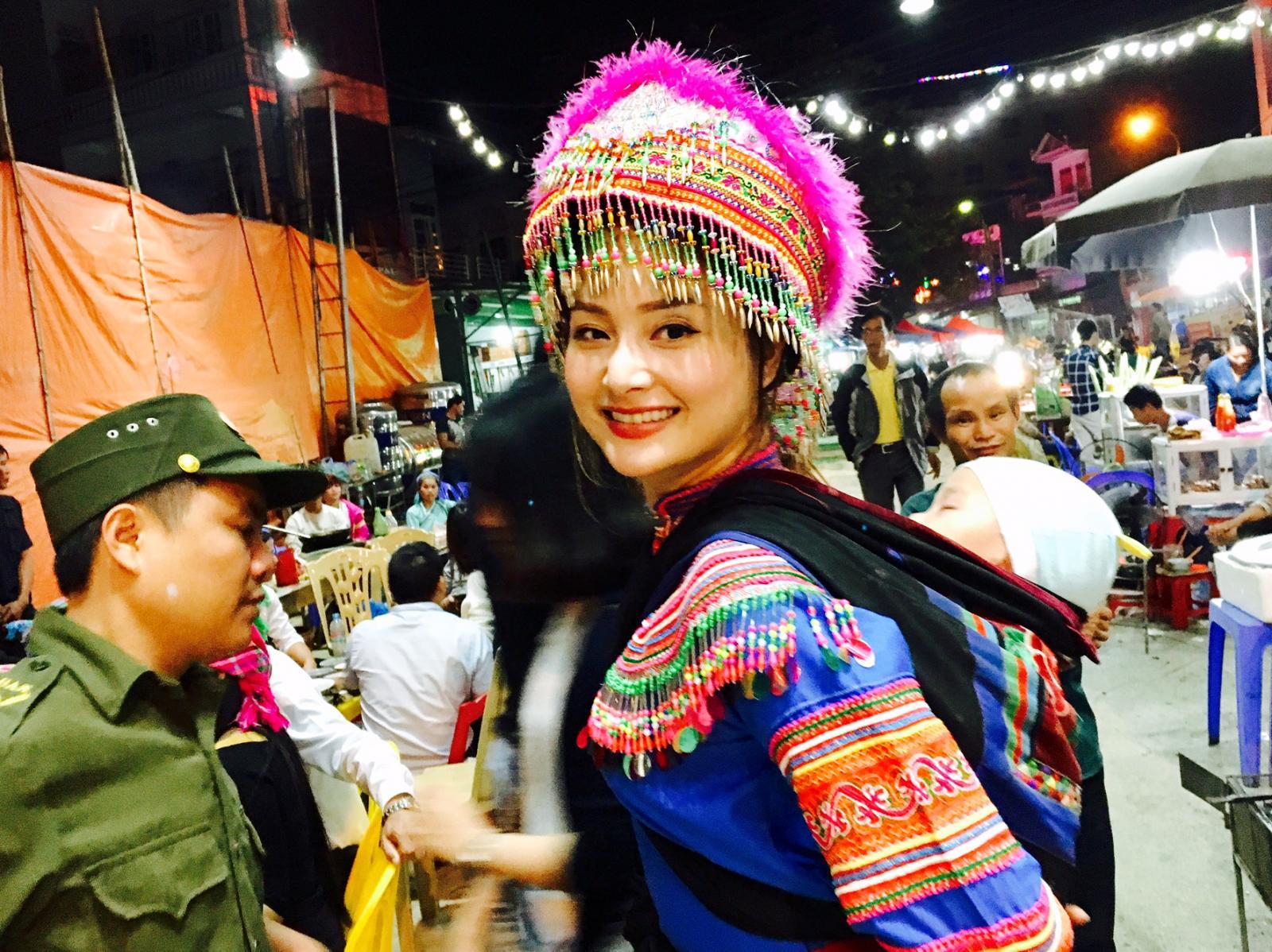
3. Where Do Vietnamese Ethnic Groups Live?
Understanding the geographic distribution of Vietnamese ethnic groups is key to appreciating their diverse ways of life.
Northern Mountains (Northeast & Northwest)
- Groups: Hmong, Dao, Tày, Nùng, Thái, Hà Nhì
- Lifestyle: Terraced farming, livestock raising, traditional medicine
- Region highlights: Sa Pa, Hà Giang, Lào Cai
Central Highlands
- Groups: Ê Đê, Ba Na, Xơ Đăng, Gia Rai
- Lifestyle: Communal longhouses, gong culture, wet rice and swidden agriculture
- Region highlights: Kon Tum, Đắk Lắk, Gia Lai
South-Central Coast
- Groups: Chăm, Raglai, Chu Ru
- Lifestyle: Tower temples, matriarchy, weaving, pottery
- Region highlights: Ninh Thuận, Bình Thuận
Mekong Delta
- Groups: Khmer Krom, Hoa
- Lifestyle: Rice farming, Buddhism, floating markets
- Region highlights: Trà Vinh, Sóc Trăng, Cần Thơ
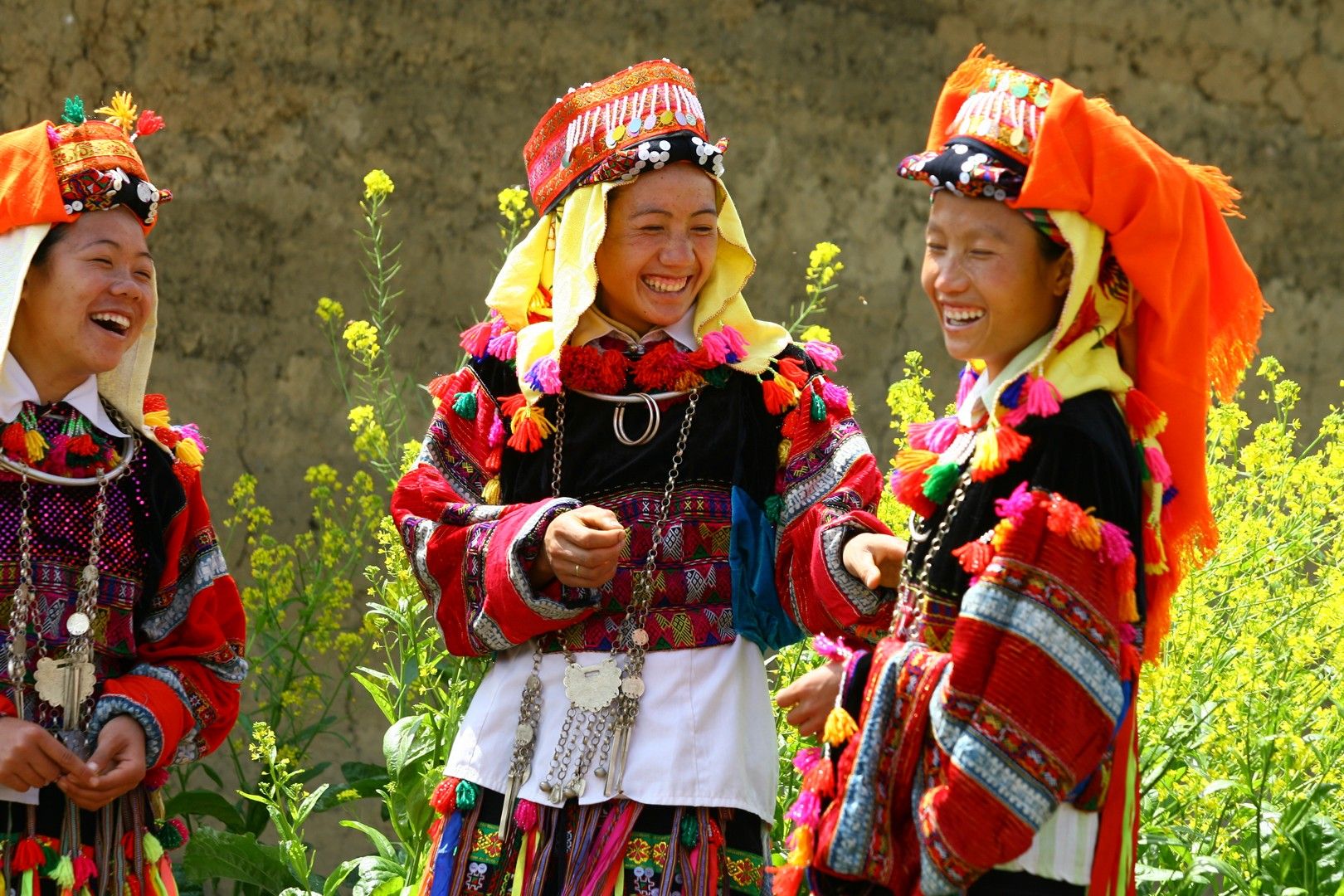
4. Traditional Costumes and Craftsmanship
One of the most visible aspects of Vietnamese ethnic groups is their traditional clothing—each group possesses distinctive, hand-made garments that carry cultural and spiritual meanings.
- Hmong: Brightly colored, hand-embroidered clothes with batik designs
- Dao: Red headdresses and indigo-dyed robes with silver accessories
- Thái: Elegant silk skirts and blouses, often white with black belts
- Ê Đê: Dark indigo long tunics and skirts, often decorated with red, yellow, and white patterns
- Chăm: Simple yet elegant wraps with traditional headwear
Craftsmanship
Many groups specialize in:
- Weaving and textile dyeing
- Brocade making
- Pottery (Chăm people)
- Silverwork (Dao people)
- Basketry and wood carving
These crafts are not only economically important but also play a vital role in preserving cultural identity.
5. Festivals and Rituals Among Vietnamese Ethnic Groups
Every ethnic group has its own festivals, beliefs, and spiritual systems that mark the rhythms of life.
Common Themes:
- Nature worship
- Ancestral reverence
- Agricultural cycles
- Community bonding
Popular Festivals:
- Gầu Tào Festival (Hmong): Held in early spring, it prays for health and prosperity.
- Tết Nguyên Đán (Lunar New Year): Celebrated nationwide, but customs vary by ethnicity.
- Katê Festival (Chăm): Honors ancestors and deities; features music, dance, and offerings.
- Ok Om Bok (Khmer): Moon worship festival with boat racing and sky lanterns.
Many rituals include drum circles, gong performances, and spirit mediums, highlighting the spiritual richness of ethnic culture.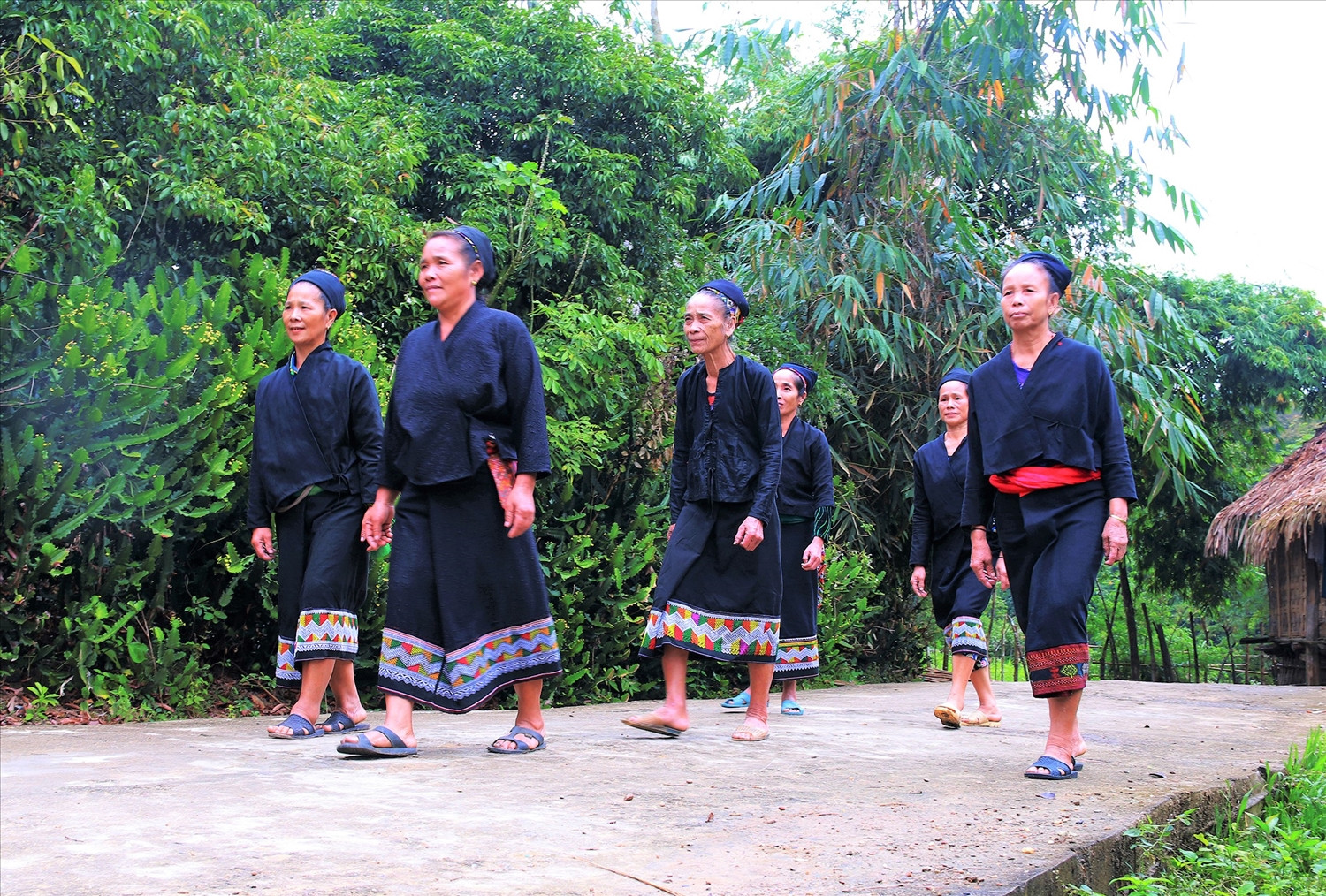
6. Contribution of Ethnic Minorities to National Identity
Vietnam’s ethnic minorities play essential roles in:
- Defending borders in mountainous and strategic regions
- Enriching Vietnamese culture through arts, cuisine, and traditional medicine
- Promoting tourism, especially through homestays, eco-tourism, and festivals
- Maintaining biodiversity through sustainable farming and forest management
Despite making up a smaller percentage of the population, these communities occupy nearly two-thirds of Vietnam’s land area, much of which is ecologically and politically important.
7. Challenges Faced by Vietnamese Ethnic Groups
Vietnam has made significant strides in improving the lives of ethnic minorities, but some challenges remain:
- Educational access: Remote areas often lack bilingual or culturally appropriate education.
- Healthcare disparities: Higher maternal and child mortality in ethnic areas.
- Economic inequality: Many groups rely on subsistence agriculture and face poverty.
- Cultural erosion: Globalization and modernization threaten traditional practices.
To address these, the Vietnamese government and NGOs have launched development programs focused on:
- Infrastructure (roads, electricity, schools)
- Bilingual education
- Ethnic cultural preservation projects
- Community-based tourism
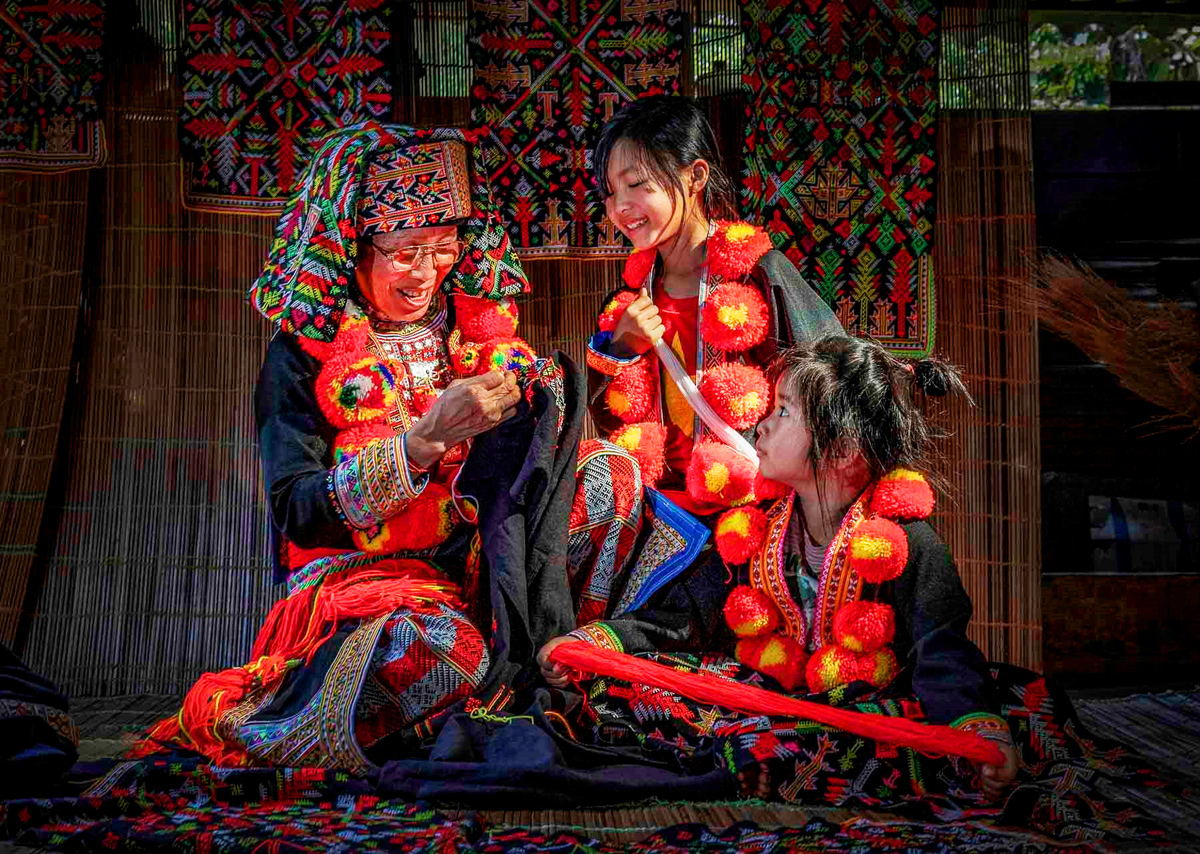
8. Experiencing Vietnamese Ethnic Culture as a Traveler
For visitors, the best way to understand Vietnamese ethnic groups is to experience their hospitality firsthand.
Top Destinations for Ethnic Culture:
- Sa Pa (Lào Cai Province): Hmong, Dao, Tày homestays and trekking
- Mai Châu (Hòa Bình): Peaceful Thai villages with stilt houses
- Hà Giang: Colorful markets, Hmong, Lô Lô villages
- Đắk Lắk: Gong performances, Ê Đê longhouses
- Ninh Thuận: Chăm temples, pottery workshops
Tips for Respectful Travel:
- Ask before taking photos
- Dress modestly
- Support local crafts by buying directly
- Join community-based tourism programs
Conclusion: Celebrating the Unity in Diversity of Vietnamese Ethnic Groups
The Vietnamese ethnic groups are more than just statistics or colorful images in travel brochures. They represent the soul of Vietnam—a nation where unity does not mean uniformity, and where diversity is cherished, not feared with Vietnam Culture.
From their ancient languages and sacred rituals to their skilled hands and open hearts, these communities remind us that cultural heritage is not frozen in museums—it is alive, dynamic, and deeply human.
If you truly want to understand Vietnam, you must look beyond the cities and delve into the hills, valleys, and villages where the beating heart of Vietnam still sings in dozens of tongues, dances in hundreds of festivals, and lives in millions of stories.
See more post: Vietnam cultural practices: Exploring the heart of a timeless tradition

